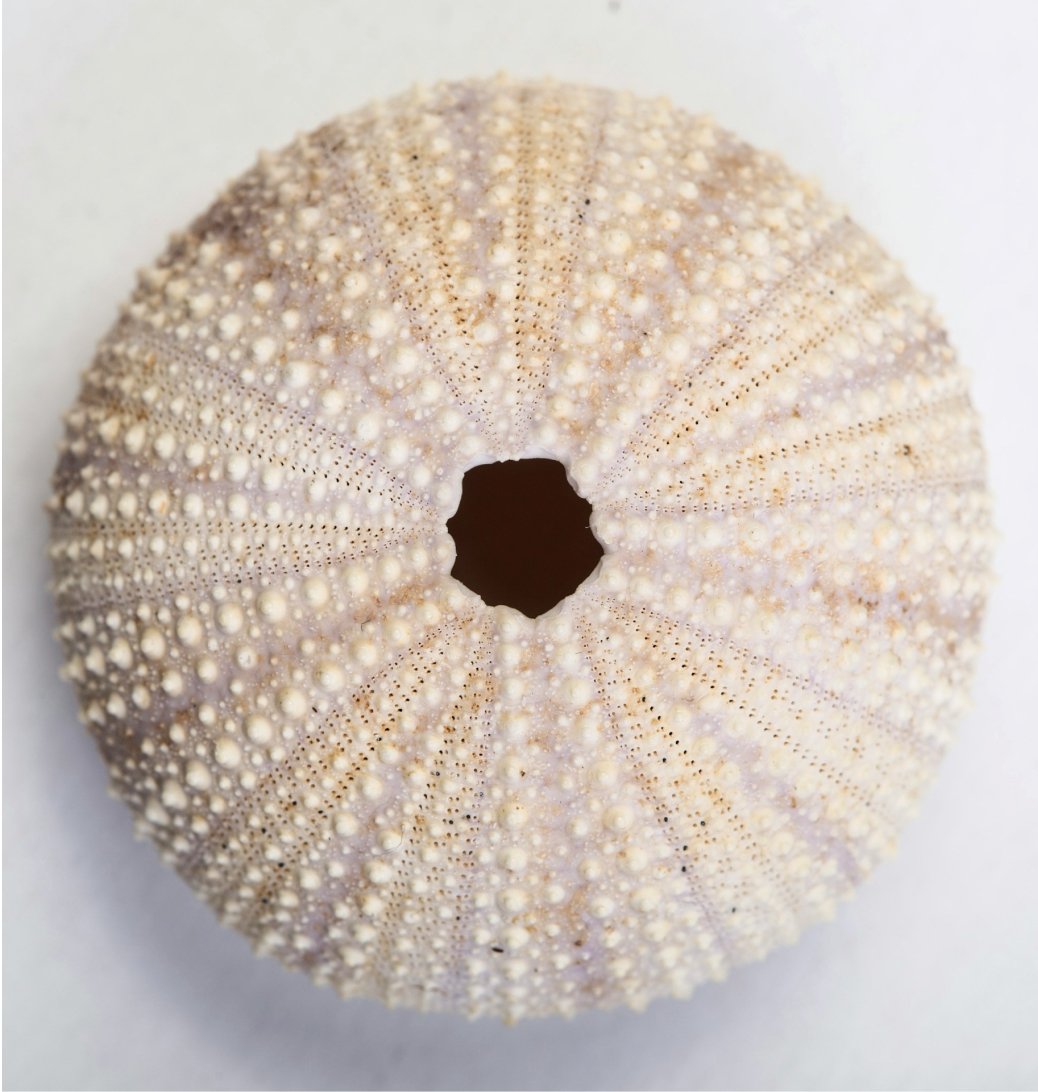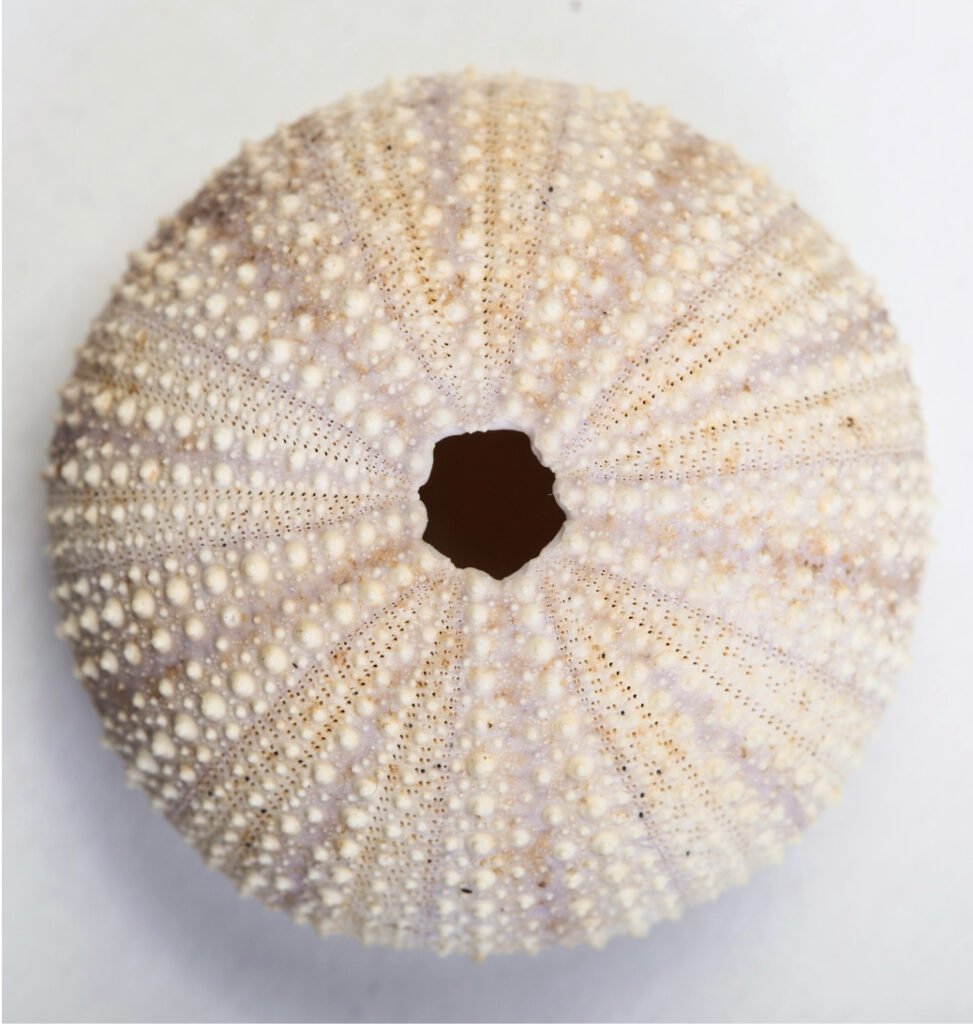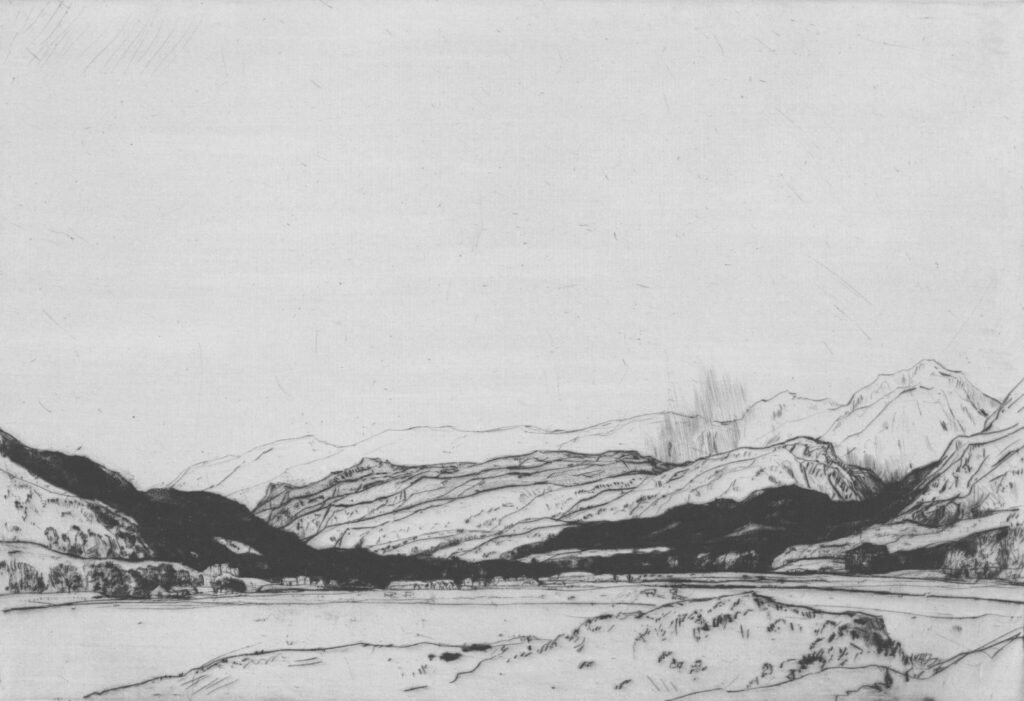Connecting with our body does not necessarily mean remembering what hurt, it means feeling what we carry inside and releasing those emotions retained in the physical body. Remembering and understanding is the mental part that as humans we often need to integrate with the emotional part to make sense of it and finish releasing.
“Creative expression and movement are powerful tools for releasing trauma from the body.”
Van Der Kolk








“Finding a way to stay present is the key to not becoming victims of our past.”
We are here; no situation in the present is a repetition of the past. What makes us experience it similarly is the emotional memory, whether conscious or not—those situations that triggered an emotional impact that remained buried in our bodies. Let’s consider that the brain has a defense mechanism against dangerous situations for our mental health, which is the blocking of conscious memory of these situations. This memory does not disappear; it
stores them in a place in the unconscious mind so that we can continue living in our world without suffering daily from what happened. When can we recover those memories? When the intensity of the emotion decreases and we can hold them and live with them. And for the intensity of the emotion to decrease, we first need to access it. Let’s continue: the body has another defense mechanism. Just as the mind seems to forget, the body does not. The body
holds onto the emotion to protect us in similar situations. These defenses are important for our integrity, but sometimes they can limit us when we overreact to a current “non-threatening” situation in the same way we reacted in that situation that was indeed threatening.

Something paradoxical in our days, we want to live to the fullest and not miss anything but we miss everything if our mind is in the past or the future.

It seems simple, the first thing we do at birth, and the first thing our body automates. Our breathing changes according to our emotions and thoughts. Making it consciously brings us to the present and practicing its lengthening improves our health significantly.

We can connect with the present in stillness, what we call meditation—something more challenging for the mind but very restorative for our body and nervous system. Physical and mental movement can distract us, but if we make it conscious, it also becomes a meditative practice that helps release unfinished emotions and generate states of well-being.